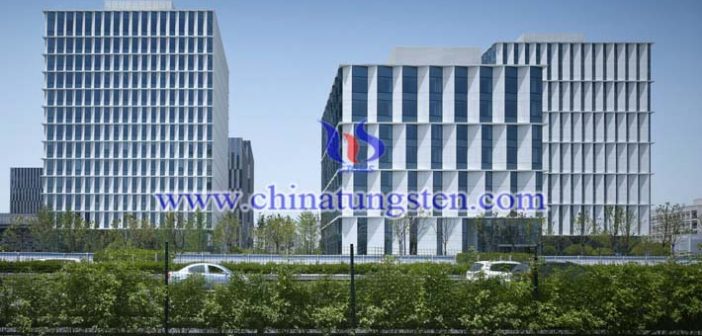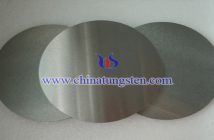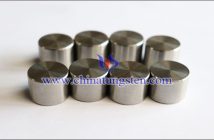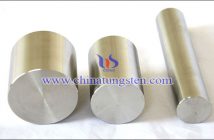Nanocrystalline tungsten oxide is an important electrochromic material for producing electrochromic coating. It has been reported that nanocrystalline tungsten oxide electrochromic coating with excellent cycling stability can be prepared via a complexation-assisted sol–gel method. For the preparation process, a small amount of dopamine is added into the peroxotungstic acid precursor sol to form complexes with tungsten on the surface of peroxotungstic acid colloidal nanoparticles to enhance the electrochromic performance of WO3 coating, especially the electrochemical cycling stability.
More details, please visit:
http://tungsten-oxide.com/index.html
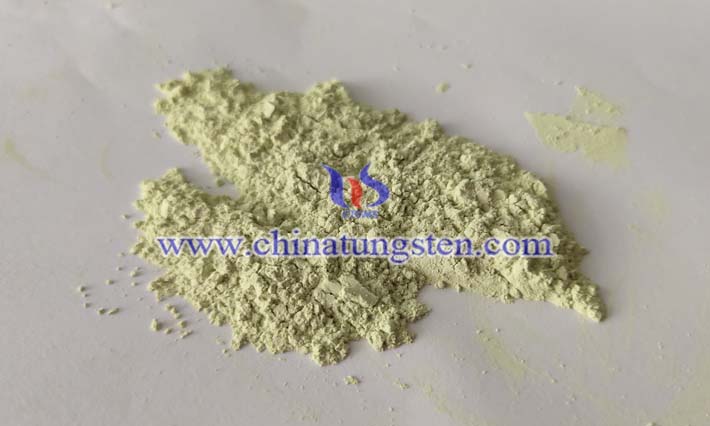
Wherein, the dopamine molecules act as a precursor stabilizer, giving the sol a very long shelf life, which is crucial for practical applications. Also, dopamine molecules play the role of a structure-directing agent, providing a nanocrystal-embedded amorphous WO3 coating by annealing at 300 °C. Compared with WO3 coating, the modified WO3 coating prepared from the complex sol gives much higher optical contrast, a faster switching speed and a higher coloration efficiency. It also shows excellent long-term cycling stability, which is far superior to not only the WO3 coating but also WO3 coating prepared via other wet chemical routes. The excellent cycling stability may be attributed to the buffering effect of the nanocrystal-embedded amorphous regions, which accommodate the volume change of the nanocrystals induced by ion insertion/extraction. The uniform distribution of the nanometer-sized amorphous and crystal regions may help to reduce stress concentration and hence suppress erosion caused by local stress.

